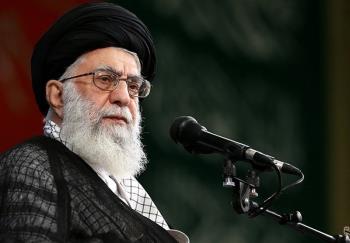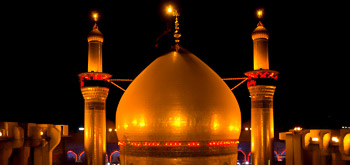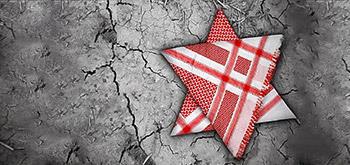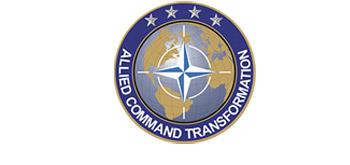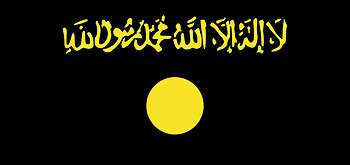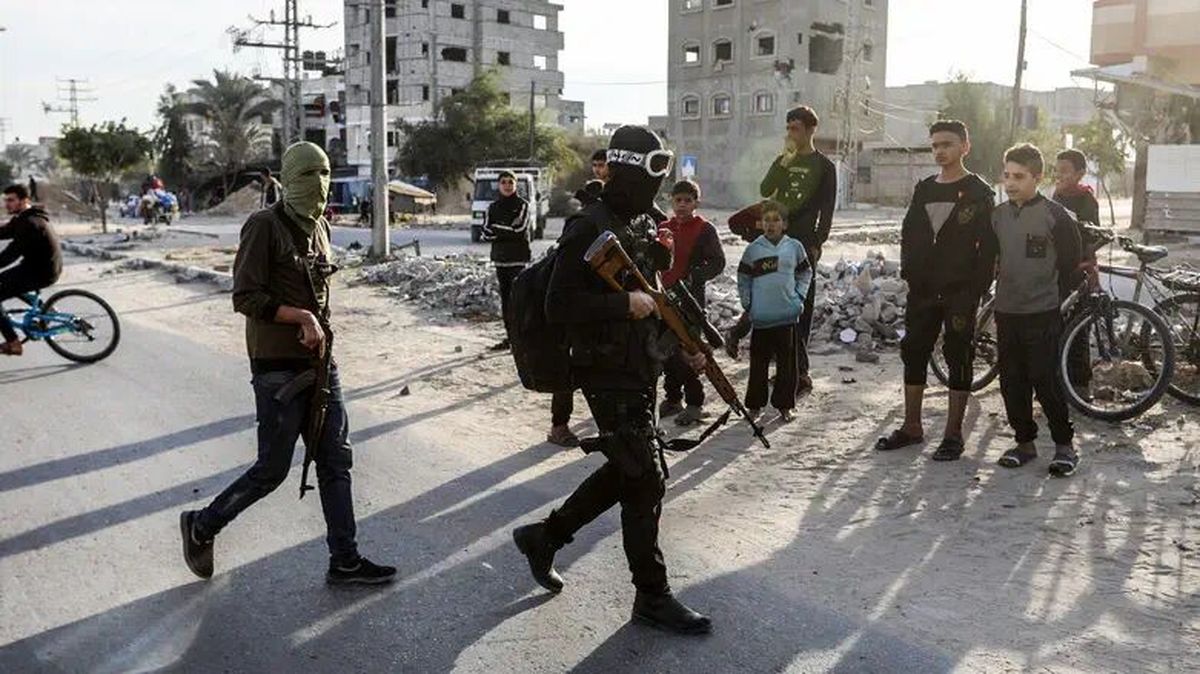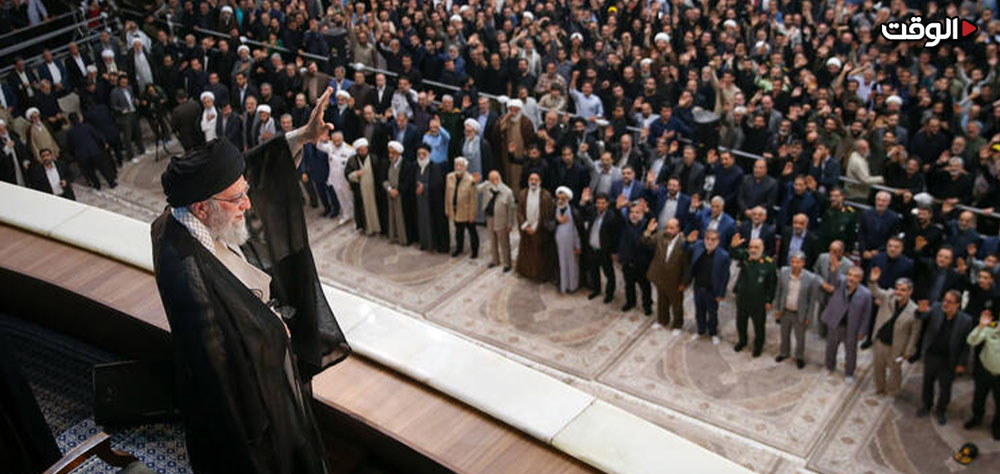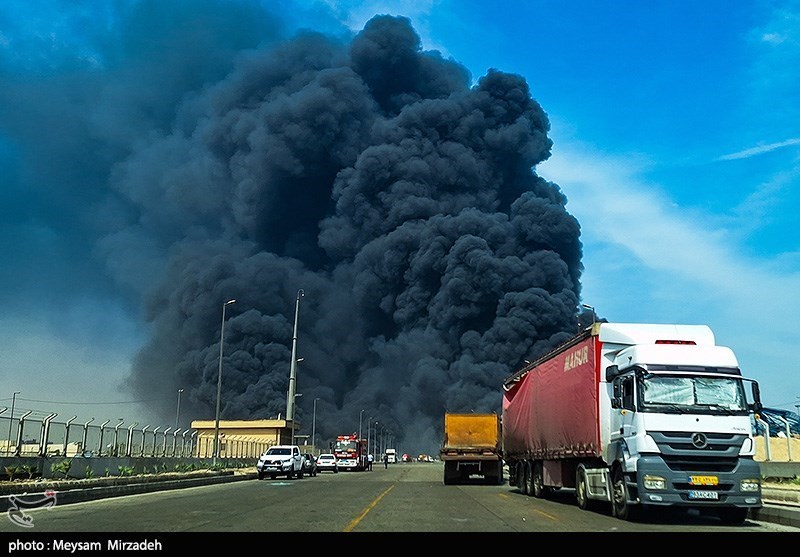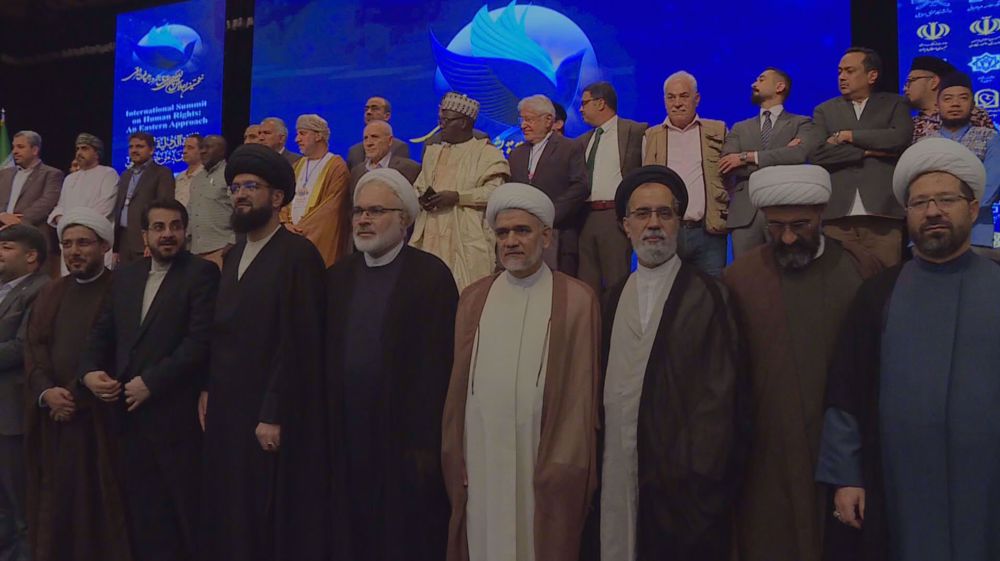Alwaght- As Gaza war enters a costly and attritional stage, signs of Israeli regime using militias modelled after or derived from Sudan's Rapid Support Forces (RSF) grab attention of observers. These forces that have a long history of committing crimes and violence in Sudan are now playing a new role at Israeli army service.
In this connection, the Al-Sabil news outlet in a report on the issue wrote that the attempt to simulate the Rapid Support Forces militias and their gangs from Darfur, Sudan, and transfer them to the Gaza Strip has become more obvious than ever after the activation of the looting gangs in Gaza and their official recognition by Israeli Prime Minister Benjamin Netanyahu. These militias, as Netanyahu said, are supposed to protect the Israeli forces in Gaza and reduce casualties in Israeli military ranks.
It is noteworthy that after over 20 months of war in Gaza, Israeli army is facing challenges of losing forces, home pressure, and broad international charges of war crimes. So, using such groups as the RSF can directly reduce army casualties and at the same time facilitate continuation of violent operations in the Palestinian coastal enclave.
Netanyahu has not hidden his support for these gangs and is trying to expand their influence from the east of the city of Rafah to the surrounding areas and then to Khan Yunis, a city that has gradually become a scene of operations for the occupying army.
Most importantly, these groups will serve as a shield for Netanyahu and his government in the future against accusations of war crimes, since responsibility for these crimes will be placed on the shoulders of those who are of Palestinian origin. During the Gaza war, Hamas monitored the movements of forces of Abu Shabab, a rising gang leader, to prevent the spread of chaos, but the Israelis, taking advantage of the security and instability in Gaza, tried to exploit these marginal and ISIS-affiliated groups to weaken Hamas.
This model is reminiscent of "remote control" model and Tel Aviv is seeking to ostensibly protect security without direct presence of its forces, an approach tested in southern Lebanon and the West Bank and now it is being adopted in Gaza using Sudanese militias.
Destabilizing Egypt borders with RSF mercenaries
The RSF in Gaza will possibly not be limited to the strip and are expected to expand their influence in Sinai Peninsula from the border regions (Zone D) with Egypt to Zone C inside Egyptian territory. Sinai is a strategic future target of Israel, and in the Israeli military doctrine has no difference to the occupied Golan Heights and the Yarmouk River region of Syria that was occupied after fall of Bashar al-Assad government in December 2024.
It will not be long before these groups turn into another RSF backed by the Israeli occupation, gradually becoming entrenched in the security structure of the Red Sea and its tributaries. Therefore, Tel Aviv’s apparent goal in Gaza is a cover for much deeper goals in Sinai, a region that covers 6 percent of Egypt’s land area and has 430 kilometers of coastline on the Mediterranean and the Red Sea.
The Sinai Peninsula is strategically tens of times more significant than the Golan Heights and this was evident in the water disputes in the eastern Mediterranean, the recent clashes with Yemen’s Ansarullah in the Red Sea, as well as the repeated attempts by the Israeli regime to seize it in 1956, 1967, and 1973, which ultimately led to the Camp David Agreement and the division of Sinai into three largely demilitarized zones.
Sinai still holds a special place in Israel's military doctrine, and Yasser Abu Shabab's militants could become a conduit for infiltration and escalation of tensions between Egypt and Tel Aviv. Therefore, Tel Aviv's security project in Gaza is only a cover for a much larger plan whose ultimate goal is to dominate the Sinai Desert, and which has been repeatedly proposed in the form of "settlement" and "forced migration" proposals over the past decade.
So, penetration of militants with records of violence to Egyptian borders will up the security alerts and increase the political pressure on Cairo. Earlier, Tel Aviv in its analysts had described Sinai as a key and dominable region, and now with facilitation of influence gain of the militias in this region, preparing the ground for future moves becomes clear.
Therefore, Egypt’s national security is facing a growing threat from Sudan, Libya, and the Red Sea, a threat that has put Egypt in a similar predicament as during the 1956 tripartite aggression. The Israeli regime’s security plan in Gaza is actually an attempt to infiltrate the national security of Egypt and the Arab world, and could lead to the regime’s political and security dominance over Sinai, in such a way that control of this region would be exercised not from Cairo, but from regional capitals. Therefore, the presence of foreign militants near Egypt’s eastern borders would pose a direct threat to the stability of the Sinai Peninsula and the Camp David security agreements, and any infiltration of these forces into Sinai might force Egypt to reconsider its security policy and could even lead to a military confrontation.
However, the Israeli backing to the RSF in Gaza can be part of a broader security and geopolitical strategy to put strains on Cairo.
In Sudan crisis, Egypt has backed General Abdul Fattah al-Burhan and is opposed to power gain of the RSF in the capital Khartoum and border regions. So, Israel could support these militias especially in Gaza and northern Sudan to destabilize Egyptian borders. This action not only raises Egyptian security costs, but also upsets the regional balance.
On a larger scale, the expansion of the mercenary proxy force model in the region by the Israelis is a threat to the security order of West Asia and Africa. This strategy not only normalizes the possibility of exploiting militias without accountability and responsibility, but also paves the way for new competitions among regional powers for the use of non-state actors. In other words, if the use of the "Gaza Rapid Support Forces” is accepted as a successful model in the field, other countries will soon push to recruit or organize similar forces.
In general, taking advantage of model of militants of Sudan, Tel Aviv is pushing to create a new model of military and psychological control over Gaza and its surroundings, but this strategy bears a substantial risk to regional security. Such a process could lead to a chain of instability whose consequences will not be limited to Gaza and will cover Horn of Africa, Red Sea, and Eastern Mediterranean.


